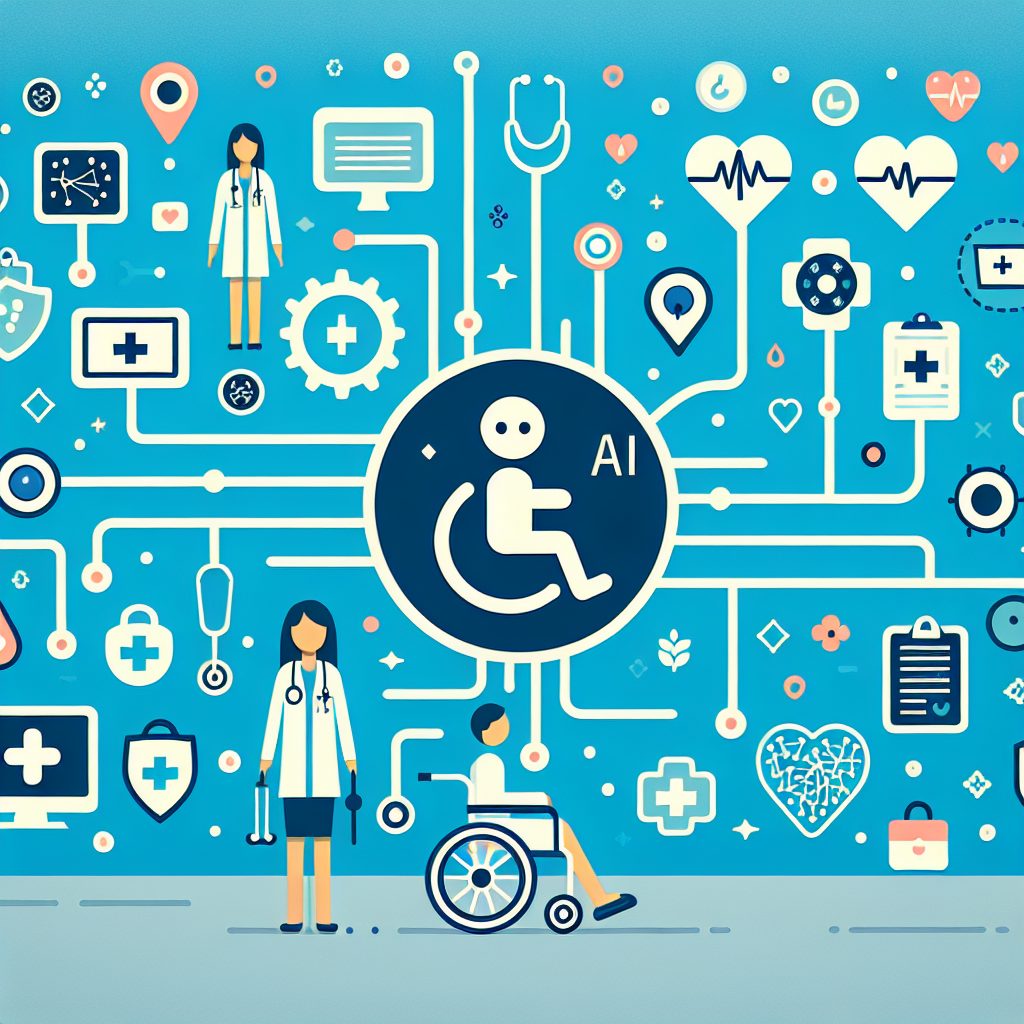AI Software: Improving Healthcare Accessibility
In recent years, artificial intelligence (AI) has been transforming various industries, and healthcare is no exception. AI software has the potential to revolutionize the way healthcare services are delivered, making them more accessible and efficient for patients around the world. From diagnosis to treatment to monitoring, AI software can streamline processes, improve accuracy, and ultimately save lives. In this article, we will explore how AI software is improving healthcare accessibility and what it means for the future of medicine.
Diagnosis and Treatment
One of the key areas where AI software is making a significant impact is in the diagnosis and treatment of diseases. AI algorithms can analyze medical images, such as X-rays, MRIs, and CT scans, with incredible speed and accuracy. This can help healthcare providers quickly identify and diagnose conditions, leading to faster treatment and better outcomes for patients.
In addition to image analysis, AI software can also be used to analyze patient data, such as medical records, lab results, and genetic information. By crunching this data, AI algorithms can help healthcare providers make more informed decisions about treatment options, personalized to each patient’s unique needs.
For example, IBM’s Watson for Oncology is an AI software that helps oncologists identify personalized treatment options for cancer patients. By analyzing a patient’s medical records and genetic data, Watson can recommend treatment options that are tailored to the individual’s specific condition and genetic makeup, leading to more effective and targeted therapies.
Monitoring and Predictive Analytics
AI software can also be used for monitoring patients and predicting health outcomes. By analyzing real-time data from wearable devices, such as smartwatches and fitness trackers, AI algorithms can monitor a patient’s vital signs and activity levels, alerting healthcare providers to any potential issues before they escalate.
Furthermore, AI software can be used for predictive analytics, forecasting a patient’s risk of developing certain conditions based on their medical history and lifestyle factors. This can help healthcare providers intervene early and prevent the onset of diseases, improving patient outcomes and reducing healthcare costs in the long run.
Telemedicine and Remote Monitoring
Another way AI software is improving healthcare accessibility is through telemedicine and remote monitoring. With the rise of telehealth services, patients can now consult with healthcare providers remotely, eliminating the need for in-person visits and reducing barriers to access care.
AI software can enhance telemedicine services by providing real-time translation services for non-English speaking patients, analyzing patient symptoms to assist in diagnosis, and even guiding patients through self-care treatments. Additionally, AI algorithms can be used for remote monitoring of patients with chronic conditions, ensuring they stay on track with their treatment plans and alerting healthcare providers to any potential issues.
FAQs
Q: Is AI software replacing healthcare providers?
A: While AI software can assist healthcare providers in diagnosis, treatment, and monitoring, it is not meant to replace human clinicians. AI algorithms are designed to augment the skills and expertise of healthcare providers, providing them with valuable insights and recommendations to improve patient care.
Q: Is AI software secure and compliant with patient privacy laws?
A: Yes, AI software developers are required to adhere to strict security and privacy regulations, such as HIPAA in the United States. Healthcare organizations must ensure that any AI software they use is compliant with these laws and that patient data is protected at all times.
Q: How can patients access healthcare services powered by AI software?
A: Patients can access healthcare services powered by AI software through their healthcare providers, who may use AI tools to assist in diagnosis, treatment, and monitoring. Additionally, telehealth services that utilize AI algorithms are becoming more widely available, allowing patients to consult with healthcare providers remotely.
Q: What are the limitations of AI software in healthcare?
A: While AI software has the potential to revolutionize healthcare, there are some limitations to consider. AI algorithms are only as good as the data they are trained on, so biases in the data can lead to biased outcomes. Additionally, AI algorithms may not always provide accurate diagnoses or treatment recommendations, so human oversight is still necessary.
In conclusion, AI software is transforming healthcare accessibility by improving diagnosis, treatment, monitoring, and telemedicine services. By harnessing the power of AI algorithms, healthcare providers can deliver more personalized and efficient care to patients around the world. While there are still limitations to consider, the future of healthcare looks brighter with AI software leading the way.

